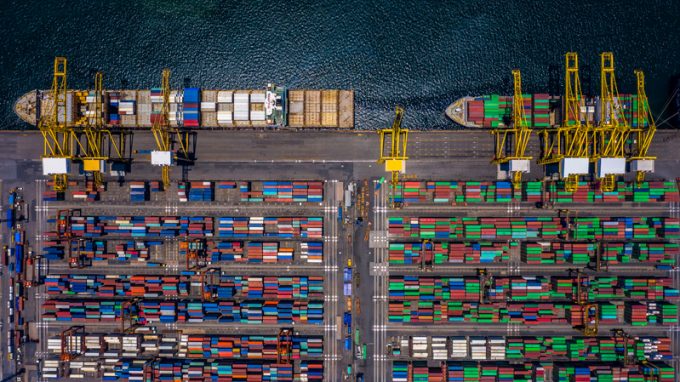Transpac GRIs fail to prop up under-pressure container spot freight rates
It was a relatively flat week for pricing on the major deepsea box shipping trades, ...

Container spot rates from Asia to Europe and the US soared in the final weeks of 2019, boosted by tightening supply and low-sulphur surcharges.
According to the latest Shanghai Containerized Freight Index (SCFI), rates to North Europe have jumped 19% since 20 December, and to US ...

Comment on this article